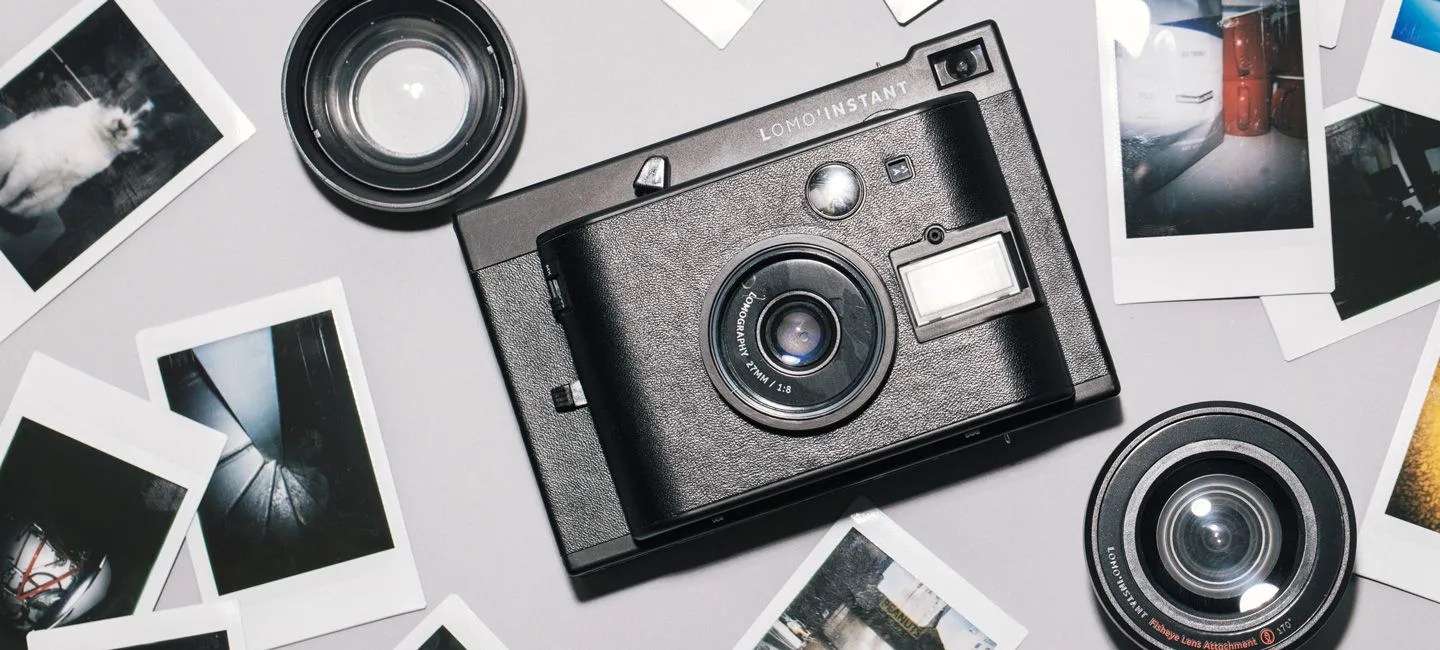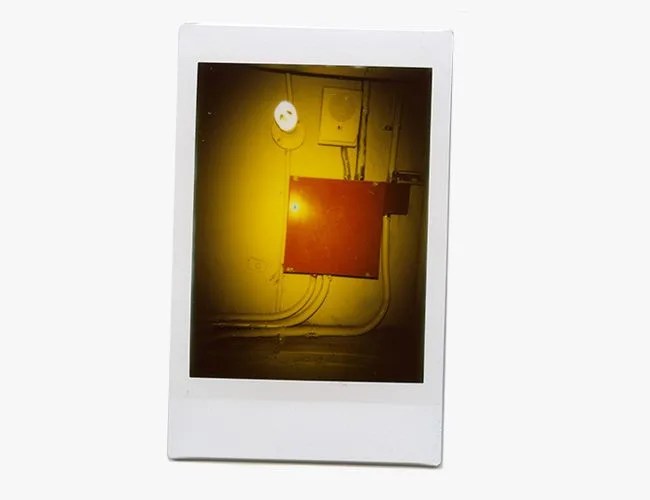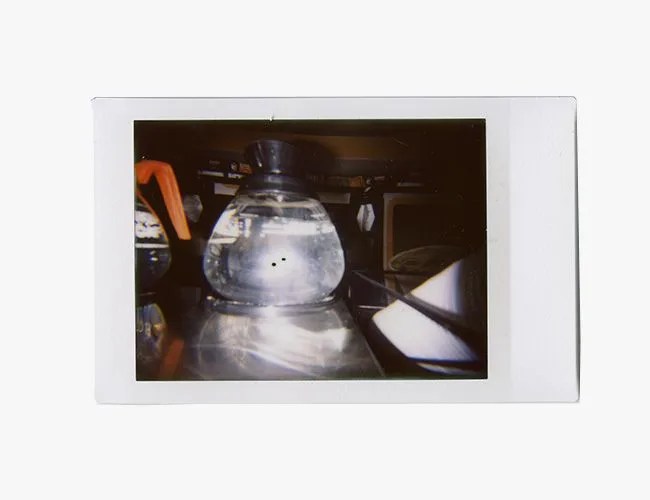Film photographers sporting vintage Hasselblads around their necks might scoff at Lomography’s lighthearted approach to the medium of celluloid photography. But truth be told, the brand is playing a major role in the survival of analog photography by making film fun and approachable for a whole new generation of photographers. Starting as a distributor for the compact Lomo LC-A camera from the Soviet Union in the early ’90s, Lomography has since achieved far-reaching commercial success by broadening its agenda to the sale and promotion of many “toy cameras” — simple, cheap and most often plastic-bodied systems, which bear physical likeness to disposable cameras but yield even less predictable results. Other now-cult cameras sold through the company include the Diana F+, Holga and Fisheye, which all embrace the temperamental nature of analog toy cameras as artistic licensing, adding vignettes and light leaks, among other aesthetic distortions.

At a Glance
Pros: Features both auto and manual shooting modes; 4 lens options; 5 aperture settings; tripod mount for long exposures; can take unlimited multiple exposures; includes color gels, different flash effects; uses widely available Fujifilm Instax film
Cons: Bulky body; flimsy back door (pro tip: reinforce with electrical tape)
Price: $119; $149 (with additional lenses)
Lomography calls its newest offering, the Lomo’Instant, “the world’s most creative instant camera system”, thanks to its wide range of creative controls and add-ons. Paired up with other instant camera systems, most directly the Fujifilm Instax Mini, the Lomo’Instant certainly packs more weight in capability and features. These include two manual shooting modes that control flash duration and long exposure time, four different lens options — wide angle, portrait, close up and fisheye (sold separately in the upgraded package for an extra $30) — and five aperture settings, along with optional flash filters that add bright color splashes to photographs.
7 photos







